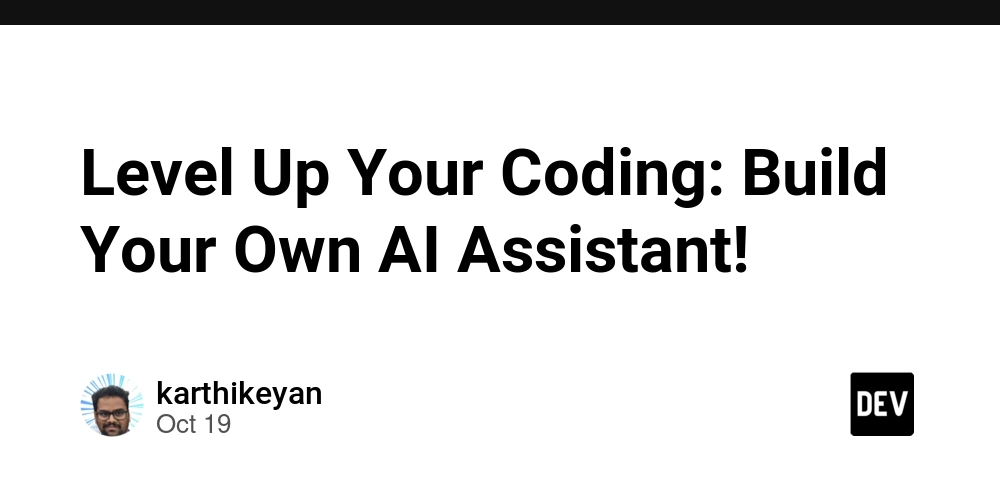Ever feel like you’re drowning in code, spending hours debugging tiny errors or struggling to remember the exact syntax for a function? You’re not alone! Coding can be tough, but what if you had a personal assistant to help you along the way? The good news is, you can – and you can build it yourself!
Why Build an AI Coding Assistant?
Let’s be real, pre-built AI coding tools are amazing, but building your own has some serious benefits:
- Personalized Learning: You’ll learn a ton about AI, machine learning, and how these technologies can be applied to solve real-world coding problems.
- Customization: You get to tailor your assistant to your specific needs and coding style. No more wrestling with features you don’t need!
- Deep Understanding: You gain a much deeper understanding of the underlying technologies, making you a more effective and knowledgeable developer.
- Future-Proofing: The skills you learn building this project will be invaluable as AI continues to revolutionize software development.
Key Point 1: Start Small – The “Code Snippet Suggestor”
Don’t try to build Skynet overnight! Begin with a simple, focused task. A great starting point is a “Code Snippet Suggestor.” This AI can analyze the code you’re currently writing and suggest relevant code snippets to complete the task.
-
How it works (simplified):
- You feed your AI assistant a dataset of code examples (think common functions, loops, or algorithms in your favorite language).
- The AI uses Natural Language Processing (NLP) to understand the context of your code.
- Based on the context, the AI suggests relevant code snippets from your dataset.
-
Example: Imagine you’re writing a Python function to read data from a CSV file. You type:
def read_csv(filename):. Your AI assistant might then suggest:
with open(filename, 'r') as file:
reader = csv.reader(file)
for row in reader:
print(row)
- Tools you can use: Python (with libraries like
scikit-learn,nltk, ortransformers), a simple text editor, and a CSV file containing your code examples.
Key Point 2: Level Up to Error Detection
Once you have a basic snippet suggester, you can enhance it to detect potential errors in your code. This can save you hours of debugging!
-
How it works (simplified):
- Train your AI on a dataset of code containing both correct and incorrect examples (common syntax errors, logical errors, etc.).
- The AI learns to identify patterns associated with these errors.
- As you write code, the AI analyzes it in real-time and flags potential issues.
-
Example: Let’s say you write:
for i = 0; i < 10; i++. Your AI assistant (knowing you’re coding in Python) might flag this line and suggest:for i in range(10):because the syntax uses “=” and “++” which are typical for languages like C++ or Java, not Python. -
Tools you can use: Same as above, but you might need to expand your dataset to include more error examples. Consider using static analysis tools (like
flake8for Python) to generate error reports for your training data.
Next Steps:
Ready to dive in? Here’s a simple plan to get you started:
- Choose your language: Python is a great choice due to its extensive libraries and beginner-friendly syntax.
- Gather your data: Collect code examples and error snippets relevant to your chosen language.
- Learn the basics of NLP and machine learning: There are tons of free online resources, like tutorials on YouTube or courses on Coursera. Focus on the basics first!
- Start coding! Begin with the Code Snippet Suggestor and gradually add more features.
- Don’t be afraid to experiment! AI development is all about trying new things and learning from your mistakes.
Conclusion: Unleash Your Coding Potential!
Building your own AI-powered coding assistant might seem daunting, but it’s a rewarding journey that will dramatically improve your coding skills and unlock new possibilities. So, what are you waiting for? Take the first step today and start building your AI co-pilot! Happy coding!



